Wildlife Guide to the Pantanal
Brazil’s other wildlife destination should, for all intents and purposes, be far more popular than the Amazon. Yet it still rates as one of the most underrated destinations in all of South America. We like to think of it as Brazil’s less hidden gem, for within wildlife enthusiast circles the Pantanal is indeed the most revered spot of all. Boasting a tremendous concentration of wildlife – the largest in the Americas, in fact – and less dense wilderness than in the Amazon the Pantanal is a haven both for animal, and man. Animals thrive in the luscious landscapes and man can revel in close encounters.
When you travel to the Pantanal, you can feast your eyes on some of the most iconic animals on the planet. From the elusive jaguar – the most coveted wildlife bucket-list contended of all – to the anaconda, the capybara, the giant otter, literally hundreds of species of endemic birds and so much more. All here….just waiting for you to come visit. All up, the world’s largest tropical wetlands are said to be home to 1000 bird species, 300 mammals, almost 500 reptiles, 400 fish and thousands upon thousands of invertebrates.
Our Wildlife Guide to the Pantanal is your introduction to one of the most rewarding wildlife destinations on the planet. Here are just a few of the iconic creatures you can meet.
Jaguar
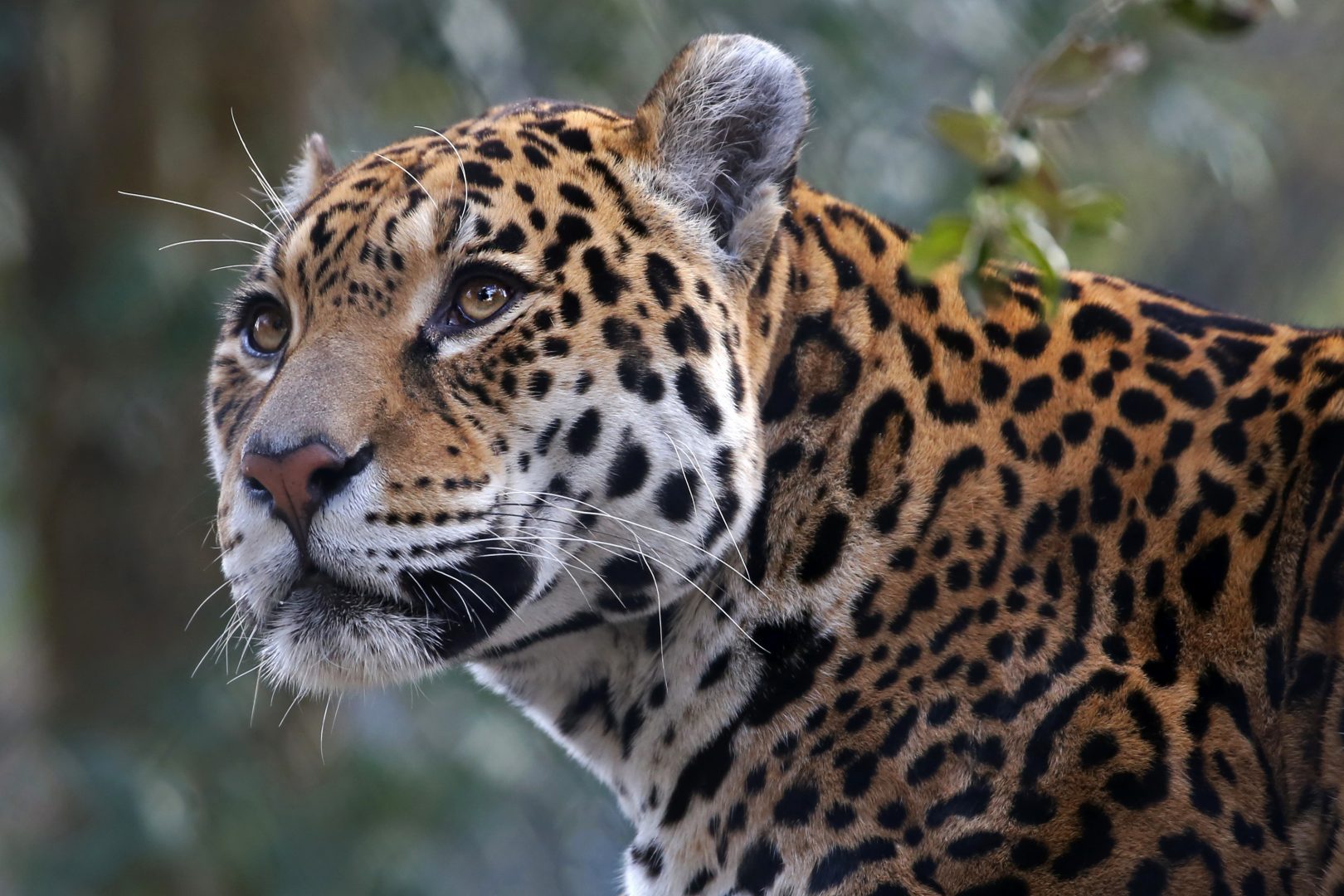
Specialised jaguar safaris take tourists on exploratory journeys in search of the elusive feline, the third largest of its kind in the world. The shy and reclusive cat is native to the Americas yet encroachment of man and loss of natural habitat has restricted its roaming to just a few pockets of pristine wilderness. The Pantanal in Brazil grants one of the very best chances of catching a glimpse of a jaguar in the wild.
Capybara
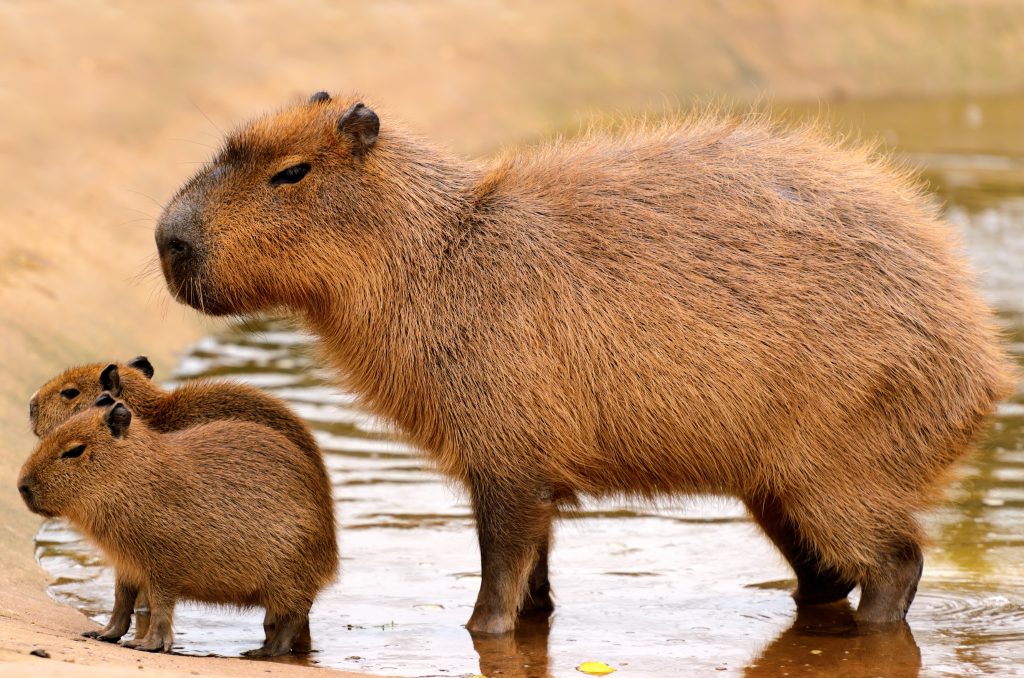
Everyone’s favourite giant rodent, the capybara is a semi-aquatic tub of muscle and lard that can weigh up to 50kgs. With its round face, webbed feet and no tail it closely resembles a hybrid between a pig and a hippo. Their comical appearance and jovial disposition make them an absolute delight to watch for hours on end.
Giant Otter
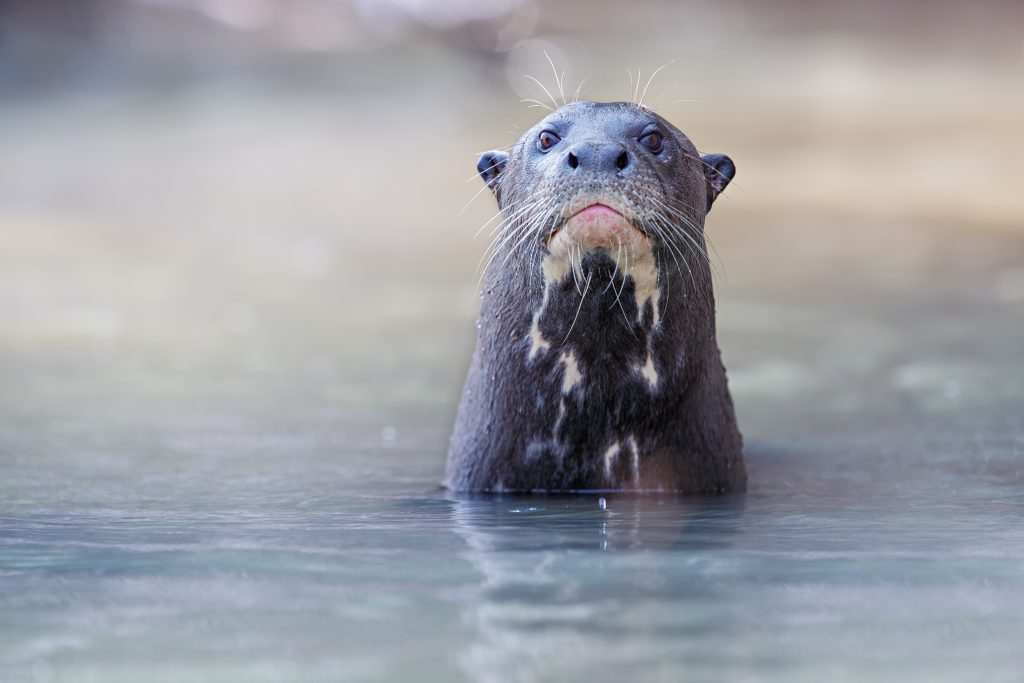
The longest weasel on earth – reaching lengths of up to 1.8m – the Giant Otter is an exceptional hunter and is known at the Rover Wolf in South America, often competing with jaguars for tasty prey. One of the most vocal creatures in the Pantanal – perhaps aside from the howler monkey – this otter was hunted profusely due to its soft pelt, but thankfully, recent protection reforms in the last few decades have boosted numbers.
Anaconda
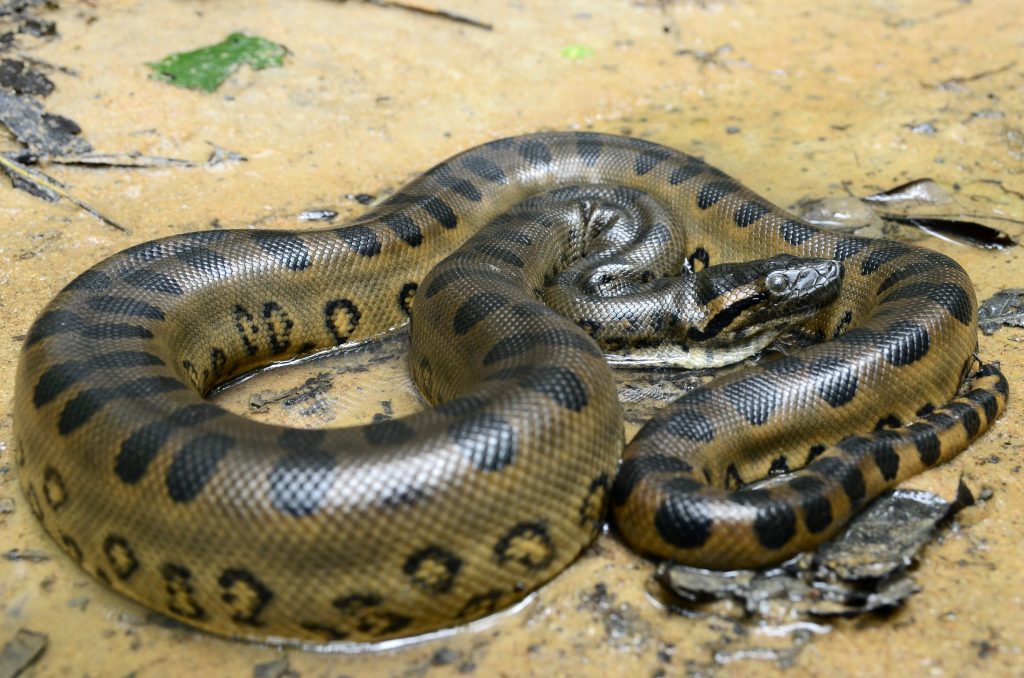
Loathed and revered in equal measure, the anaconda of South America is the heaviest snake in the world, with some individuals coming in at almost 200kgs. Forever the antagonist in films, books and anecdotes, the anaconda is as misunderstood as he is, indeed, quite fearsome. His appetite is not nearly as insatiable as some fiction might have you believe, with the snake feasting only once every few months. The Pantanal is home to two species of anaconda, the Yellow (smaller) and Green (largest of all).
Piranha

One of the most fun activities in the Pantanal is piranha fishing! One of the most delicious dishes? Fried piranha!
Ocelot
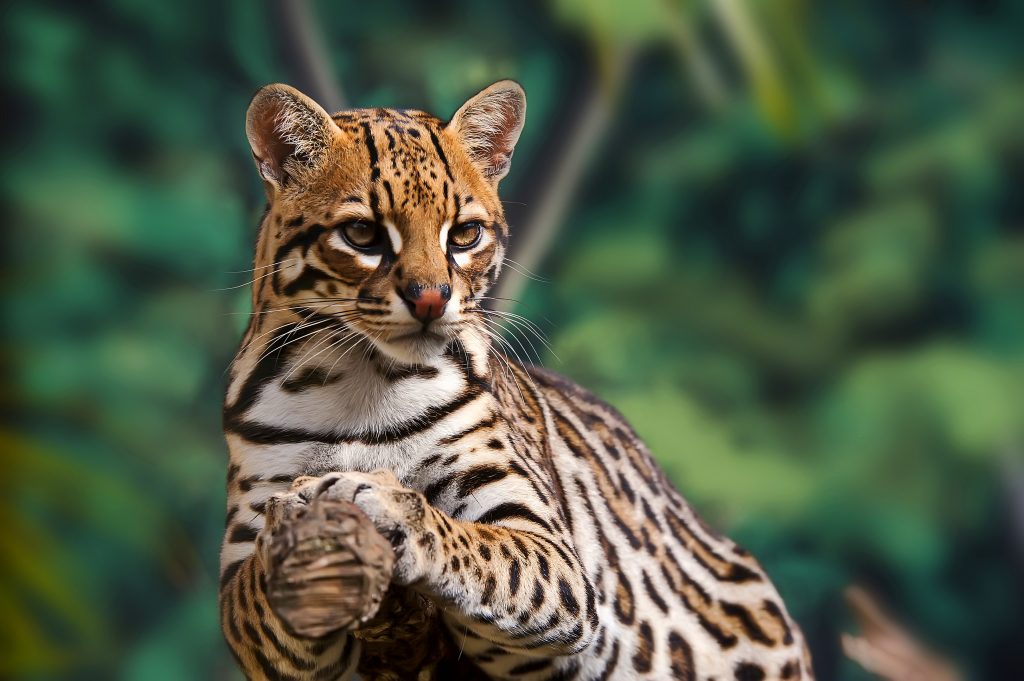
After the jaguar, the ocelot is the second-largest feline in South America and boasts distinctive markings which are unique to each individual. The name is believed to derive from the Aztec word for ‘field cat’.
Caiman
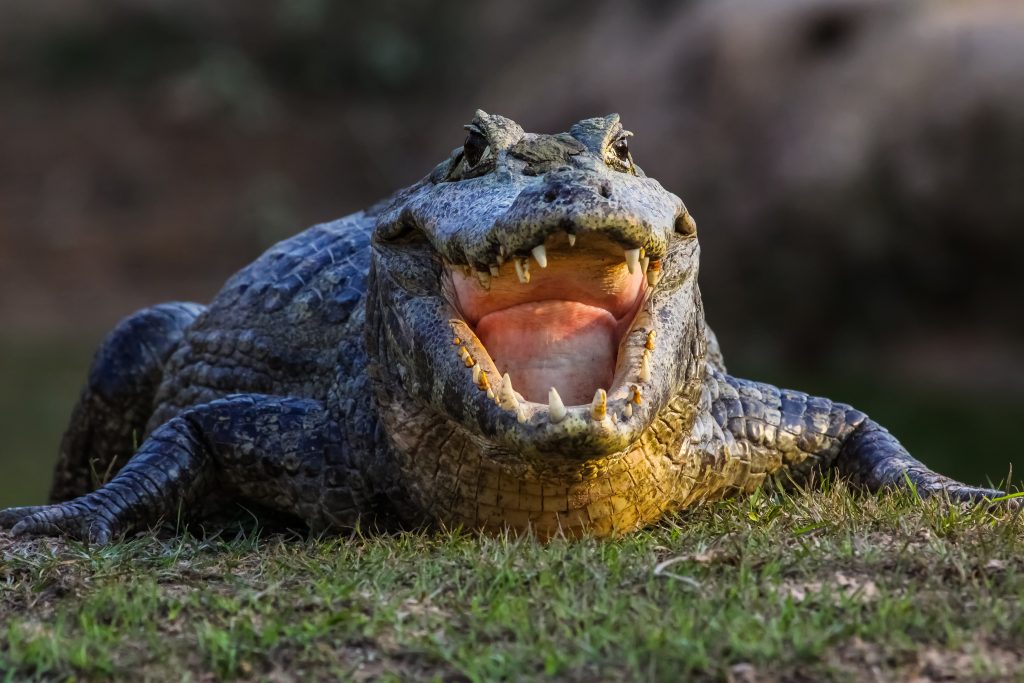
A crocodile’s much smaller cousin, the caiman is the reptilian Godfather of the Pantanal. He seems to be everywhere and nothing gets by him. Probably the first Pantanal wildlife you’ll come across, the caiman absolutely thrives in this luscious corner of the globe, and has a quirky habit of organizing welcome-parties for incoming tourists. The roads that lead into the Pantanal are littered with them and transfers into the wetlands are slow and tedious mostly because of them. Well, one can’t very well run over the wildlife, can one? One must drive around!
Marsh Deer
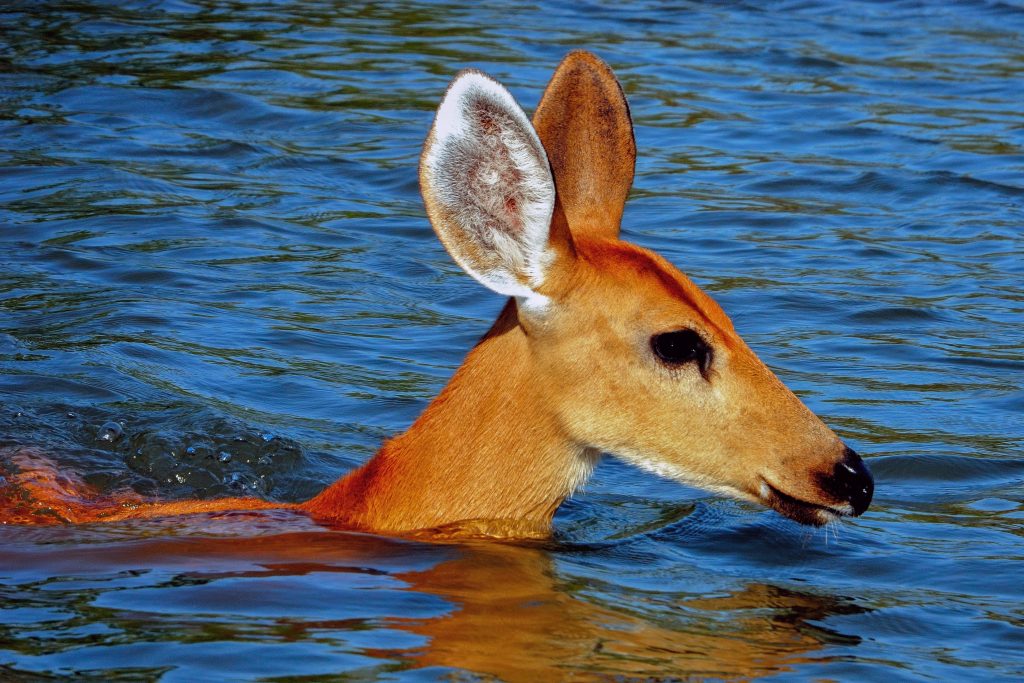
Arguably the most common sighted animal, the marsh deer is the largest deer in the continent.
Toco Toucan

The largest of all the toucan species, the Toco boasts a beak that measures up to 50% of its surface area!
Hyacinth Macaw
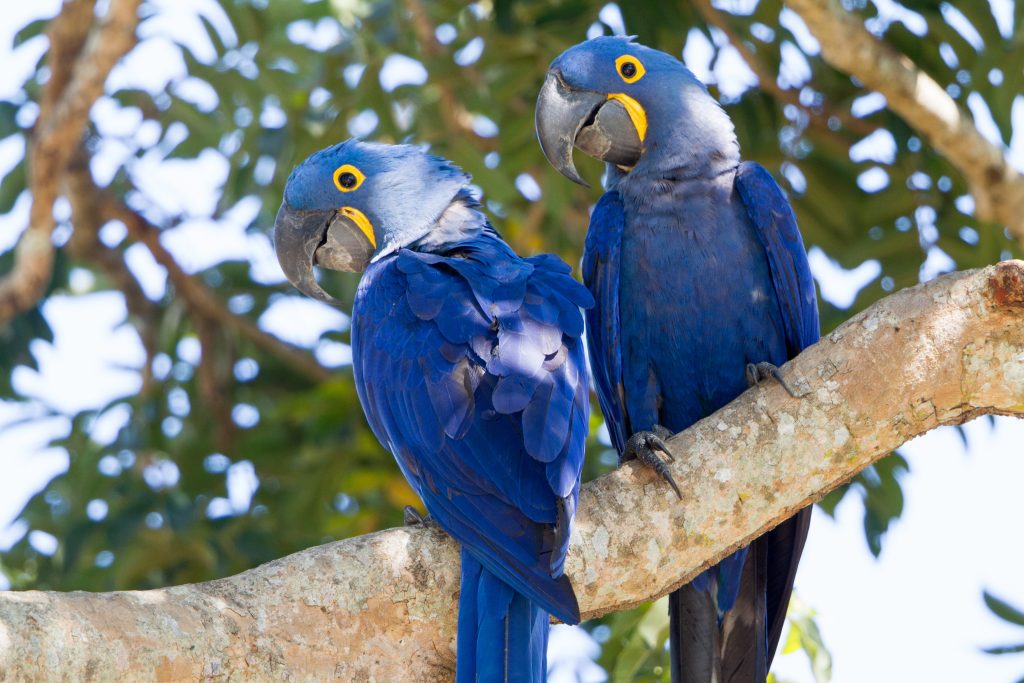
The largest flying parrot on the planet is one of the most magnificent birds you can see in the Pantanal. The colours and grace are simply breathtaking.
Lowland tapir

A distant relative of the rhino, the lowland tapir is a peculiar-looking beast, and with an average weight of more than 350kgs actually comes in as the largest animal in the Pantanal.
Ring-tailed coatis

Often seen roaming the Pantanal in search of food, the diurnal coati is a sociable fella, with groups of between 20 and 30 happily cohabiting. Closely related to the North American racoon, the ring-tailed coati grows to about the size of a well-fed house cat.
Giant anteater
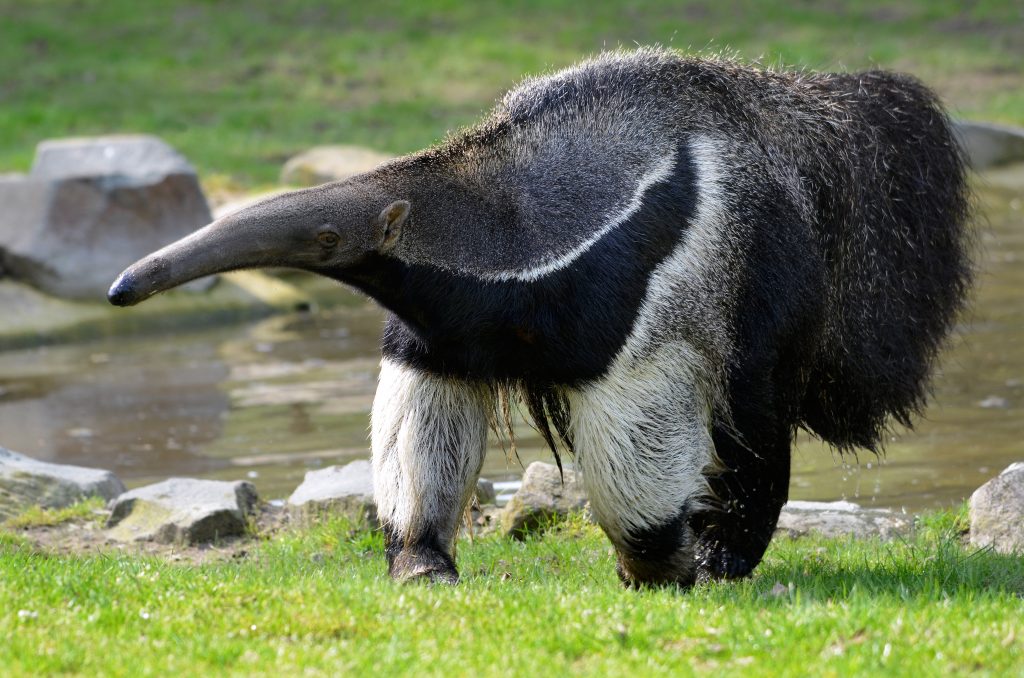
A guest once quipped that the Giant Anteater looks like something Wilma Flintstone would use to vacuum the floor! This very peculiar-looking creature has a long nose and a feathery tail, which it uses to wrap itself for both warmth and to camouflage in case of danger. A Giant Anteater can vacuum up to 30,000 insects a day, which would probably make Wilma very proud indeed.
Want to learn more about the Pantanal? Then go ahead and read our Pantanal guide which gives you plenty of tips on where to go and when to visit, and what you should expect from a multi-day adventure in this immense natural wonderland.
We’re here to answer any queries you may have! Contact us for more info and start planning.
Where Will You Go Next ?
- Popular Destinations
- Antarctica
- The Arctic
- South America
- Central America
- More to explore
- Amazon
- Antarctic Circle
- Antarctic Peninsula
- Argentina
- Bolivia
- Brazil
- Canadian Arctic
- Chile
- Colombia
- Costa Rica & Panama
- East Antarctica
- Ecuador
- Galapagos Islands
- Greenland
- Guatemala & Honduras
- Machu Picchu
- Mexico
- Patagonia
- Peru
- South Georgia and Falkland Islands
- Spitsbergen
- Sub Antarctic Islands

Talk to one of our experienced Destination Specialists to turn your Antarctic, Arctic and South American dream into a reality.
Contact us